You are currently viewing SemiWiki as a guest which gives you limited access to the site. To view blog comments and experience other SemiWiki features you must be a registered member. Registration is fast, simple, and absolutely free so please,
join our community today!
Intro
Across the aisle from the Mentor booth at DAC sat a DRC tool competitor to Calibre. I received an update from Randy Smith of Polyteda on Wednesday afternoon, my last EDA vendor of the week.
Ravi Ravikumar, Randy Smith
Notes
Randy Smith – CEO (February 2011) [former founder is gone]- 1979 at HP developing internal tools
–… Read More
Intro
Massimo Sivilotti, Ph.D of Tanner EDA showed me their 3D field solver in the HiPer PX extraction tool at DAC last week.
Notes
Tool Suites – schematics, layout, SPICE simulation, DRC/LVS
– HiPer PX: 3D Field solvero Layers, dielectrics,
o Finite element analysis
o Boundary element methods
o 2D mode for pattern matching… Read More
Intro
Show me what has changed in my RTL or Schematic since the last time I looked. This task is now automated by Cliosoft with their new hierarchical tool called Visual Design Difference (VDD). Srinath showed me what was new for DAC.
Srinath Anantharaman
Notes
LSI, STMicro – use DesignSync for their DM but use VDD for seeing visual… Read More
Intro
In the bloggers suite I met with John Pierce of Cadence last Wednesday to get an update on what’s new with circuit simulation at DAC this year.
Notes
News – market is growing, RF CMOS simulation is growing
– Show on RF (MTT – Microwave Technology ) this week, sharing a booth with AWR this week
– Recent news with… Read More
Intro
Neal Carney, VP of Marketing at Tela Innovations provided me an update at DAC last week. Their company partnered with TSMC to reduce leakage in IC designs by biasing the gate lengths on your paths that are non-critical to timing.
Notes
Why do this?
– Reduce leakage
– Increase gate lengths on paths with slack
–… Read More
Intro
I remember when Celestry was acquired by Cadence because that gave them a hierarchical Fast SPICE simulator to compete with HSIM. In 2007 part of Celestry spun out from Cadence and became Proplus, which now offers a SPICE simulator called NanoDesigner.
Notes
Proplus – US company, founded in 1995 (Used to be Celestry, acquired… Read More
Intro
Most EDA parasitic extraction tools have built-in RC reduction with no user control however at DAC I learned how Edxact offers a stand-along RLCK reduction tool for IC designers that want more control over what happens to their extracted netlists.
Daniel Borgraeve (on right)
Notes
Edxact
– Started seven years ago… Read More
Intro
Ciranova offers you an alternative for analog layout automation besides Cadence Virtuoso. Mark Nadim provided me an update at DAC last Wednesday.
Notes
New in 2011
– New GUI with schematic, layout and constraints
o Cross probing between all three windows
– Schematic for constraint entry
o Can start with a blank… Read More
Intro
My Wednesday breakfast at DAC last week was at the Interoperability event sponsored by Synopsys. The Synopsys moderator was so jovial that he reminded me of Jerry Lewis, I was relieved when the guests gave us an update.
Notes
Interconnect Modeling- Open Source Interconnect Technology Format (ITF)o Used by Star RC
–… Read More
Intro
Micro Magic was the only company at DAC that showed an IC layout editor with 1 Trillion transistors loaded in it, wow.
Karen Mangum
Notes
I chatted with Katherine Hays, a 12 year veteran of Micro Magic about what was new at DAC this year.
Max-3D – Can handle stacked wafers with TSV
– Gary Smith’s list of must-see for 3D
–… Read More




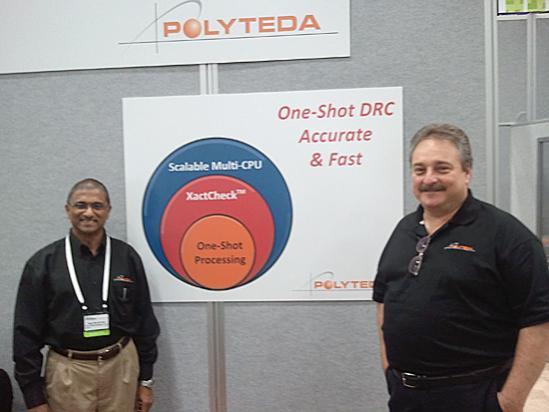


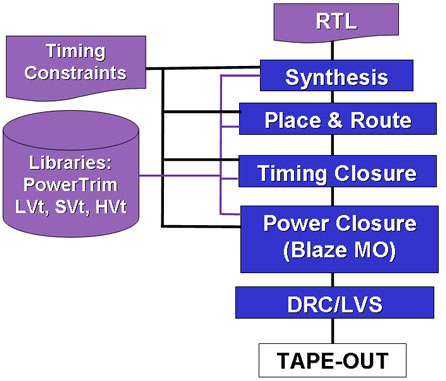
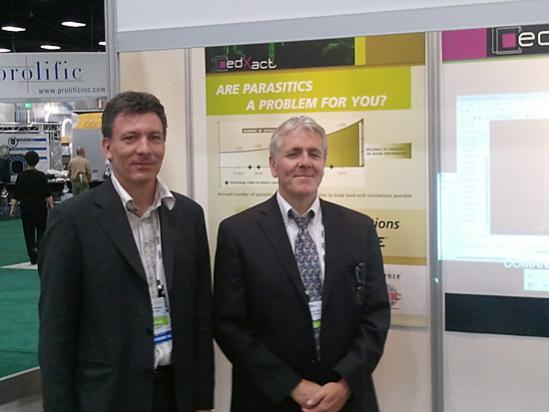
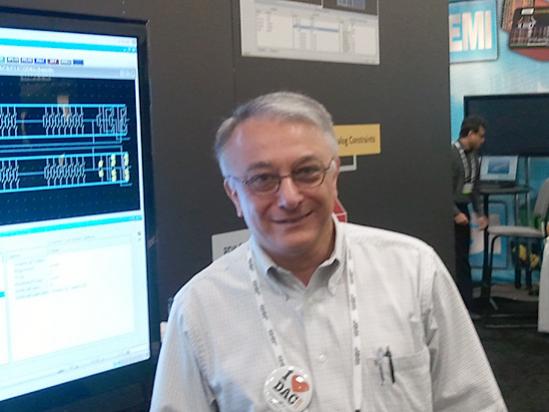

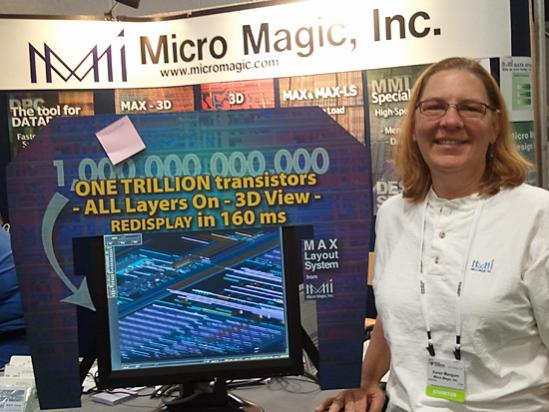


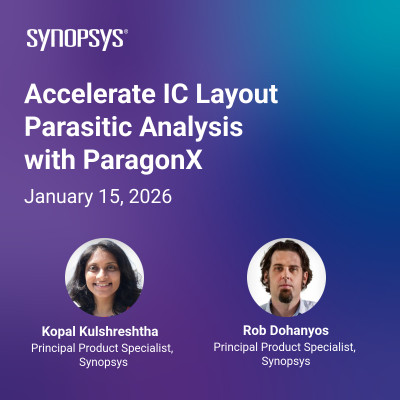




Quantum Computing Technologies and Challenges